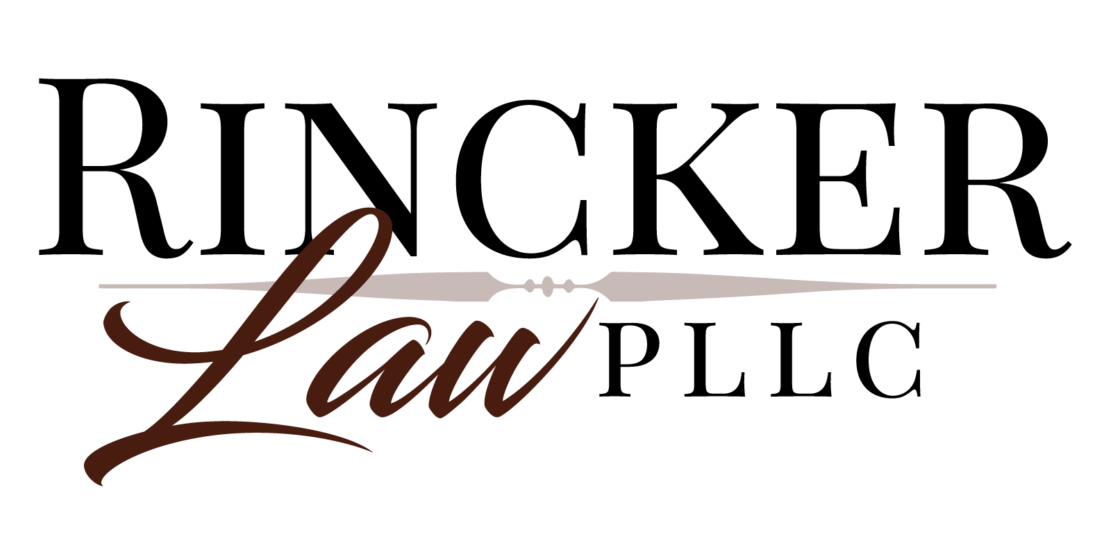 The Federal Clean Water Act (“CWA”) was enacted in 1972 with the goal of protecting the country’s waterways from pollution. The Environmental Protection Agency (“EPA”) is charged with enforcing the CWA at the federal level. The New York Department of Environmental Conservation (“DEC”) works at the state level to protect New York’s water resources. While states must adhere to the regulations imposed by the CWA, most states have also enacted additional legislation that addresses water quality issues locally and often with more stringent requirements. The two key laws in New York impacting water quality are the New York Water Resources Law (“WRL”) and the New York Water Pollution Control Law (“WPCL”).
The Federal Clean Water Act (“CWA”) was enacted in 1972 with the goal of protecting the country’s waterways from pollution. The Environmental Protection Agency (“EPA”) is charged with enforcing the CWA at the federal level. The New York Department of Environmental Conservation (“DEC”) works at the state level to protect New York’s water resources. While states must adhere to the regulations imposed by the CWA, most states have also enacted additional legislation that addresses water quality issues locally and often with more stringent requirements. The two key laws in New York impacting water quality are the New York Water Resources Law (“WRL”) and the New York Water Pollution Control Law (“WPCL”).
Sources of water pollution are generally classified as being either point or nonpoint. Point source water pollution is discharged from a discernable and identifiable source such as a pipe, ditch, well, or concentrated animal feeding operation (“CAFO”). Nonpoint source pollution is caused by nonspecific, more diffuse sources, such as when land runoff, rainfall and seepage spread agricultural chemicals and waste, salt from irrigation systems, or sediment to surrounding groundwater and waterways.
The EPA regulates point source pollution through the National Pollutant Discharge Elimination System (“NPDES”). A NPDES permit is required to lawfully discharge any pollutant into navigable waters. In New York, the EPA has delegated the responsibility of issuing permits for point source discharge into state waters to the NYDEC, which issues a State Pollutant Discharge Elimination System (“SPDES”) permit in lieu of a NPDES. See N.Y. Envl. Conserv. Law § 17-0101 et seq. Depending on the activity and the water body involved, additional permits may be required. As previously mentioned, CAFOs are treated as point sources, and resultant water pollution requires permitting. For example, a farmer operating a CAFO that discharges water from a feedlot’s lagoon into a stream must obtain the appropriate SPDES permit.
States typically regulate nonpoint source pollution through the implementation of best management practices. See 33 U.S.C § 1329. The NYDEC has implemented a variety of initiatives including permits, training, and education to abate nonpoint source pollution. New York County Water Quality Coordinating Committees (“CWQCCs”) have also been established to address nonpoint source pollution concerns at the local level. New York’s Agricultural Environmental Management (“AEM”) Program is a voluntary, incentive-based program that helps farmers identify potential nonpoint sources of pollution and develop a plan to protect the environment while maintaining the farm’s commercial viability.
Adherence to both state and federal water pollution control laws is imperative. Violation of these laws can result in administrative, civil, and criminal penalties. Violators can be fined up to $1,000,000 per occurrence and face up to 15 years in prison. See 33 U.S.C. §§ 1318 & 1319; N.Y. Envl. Conserv. Law §17-0303.
